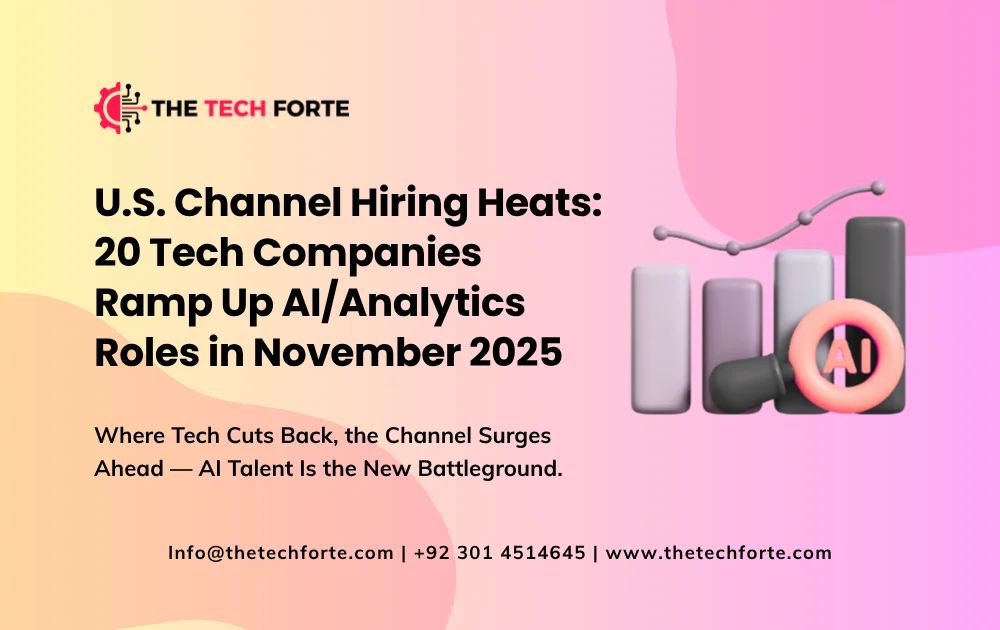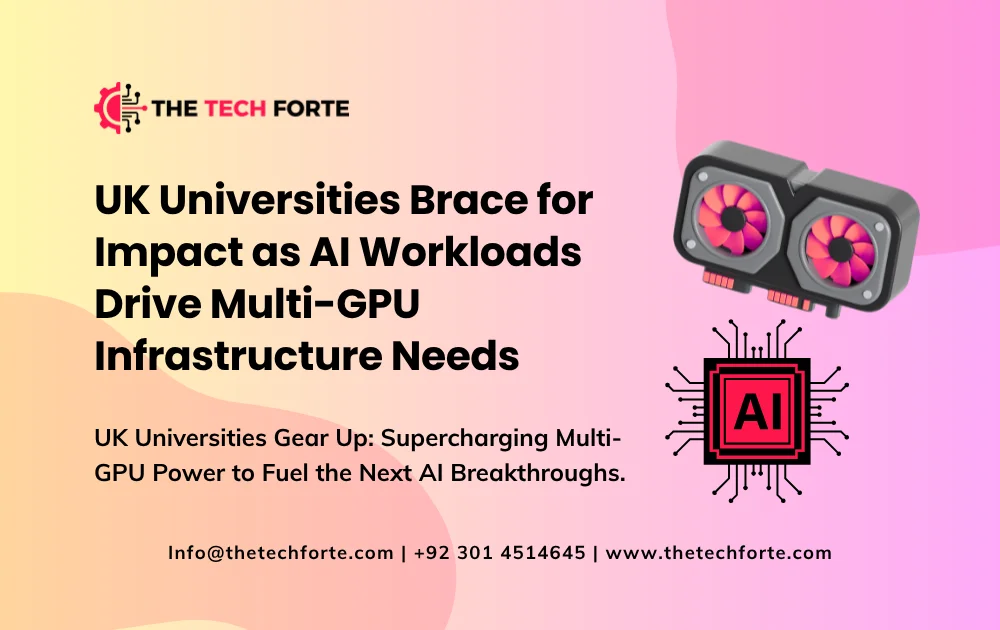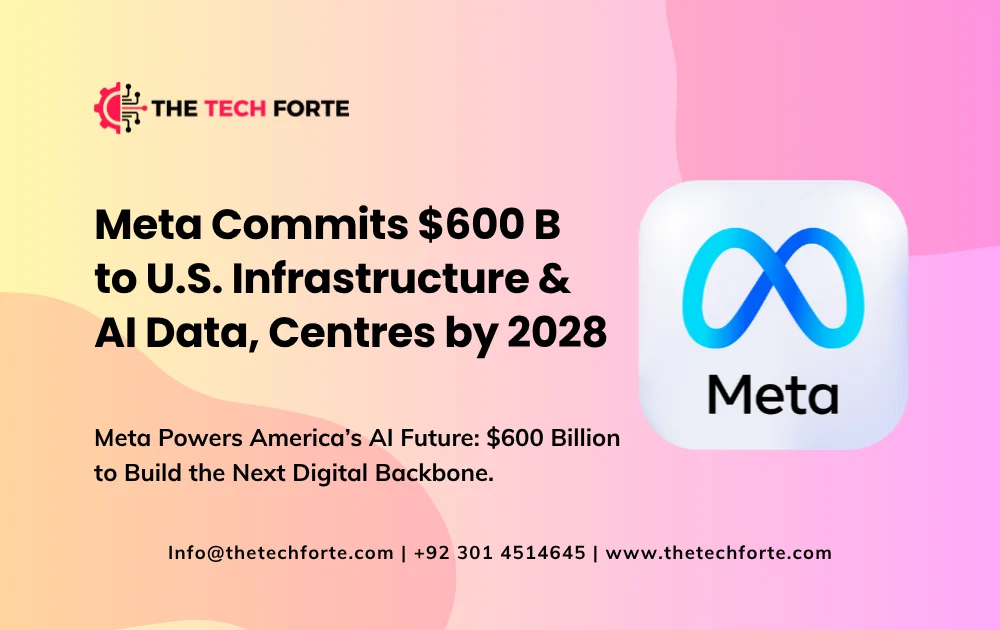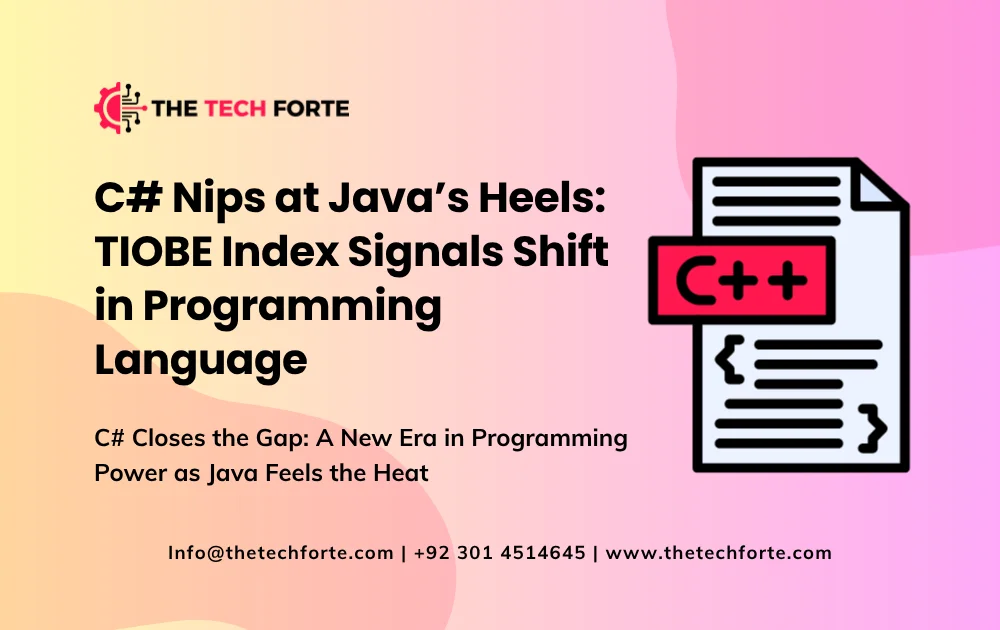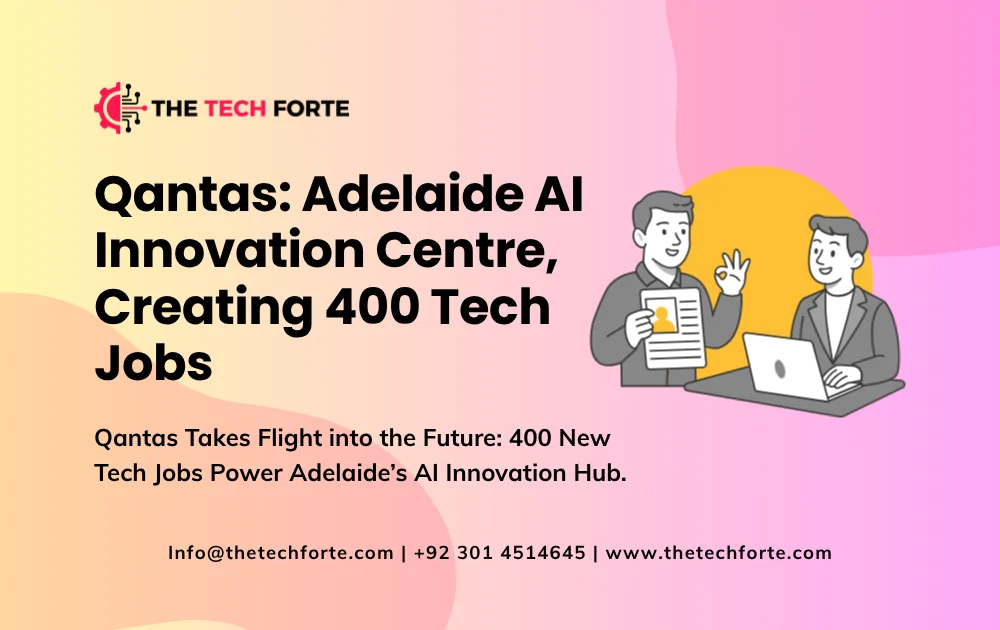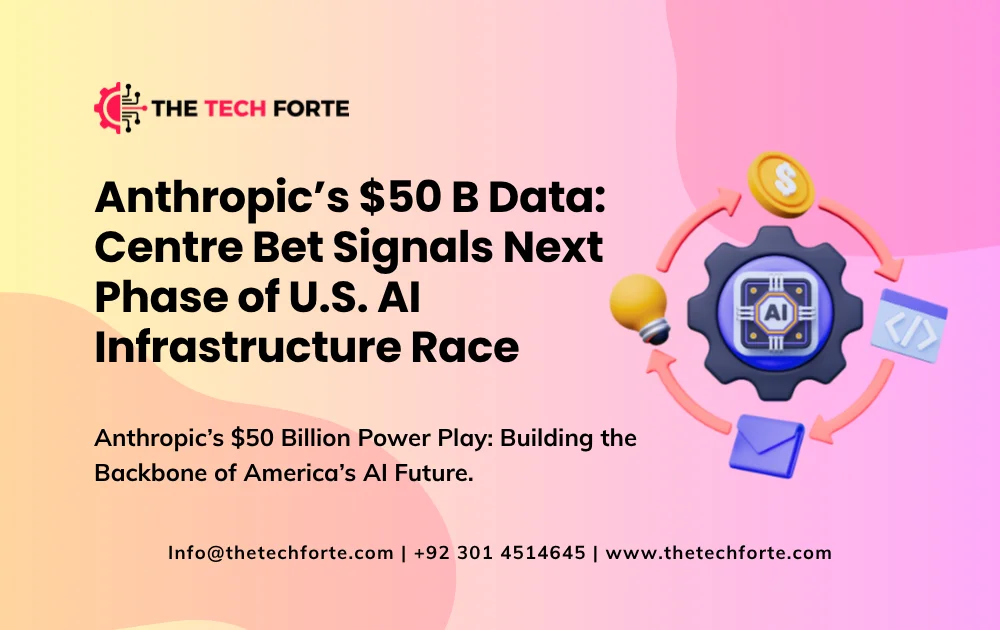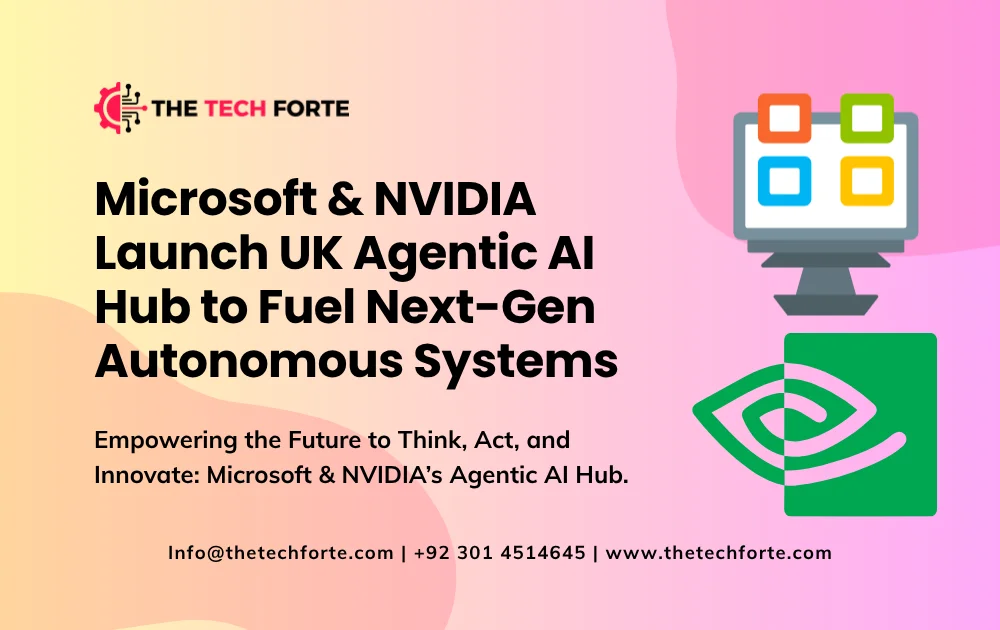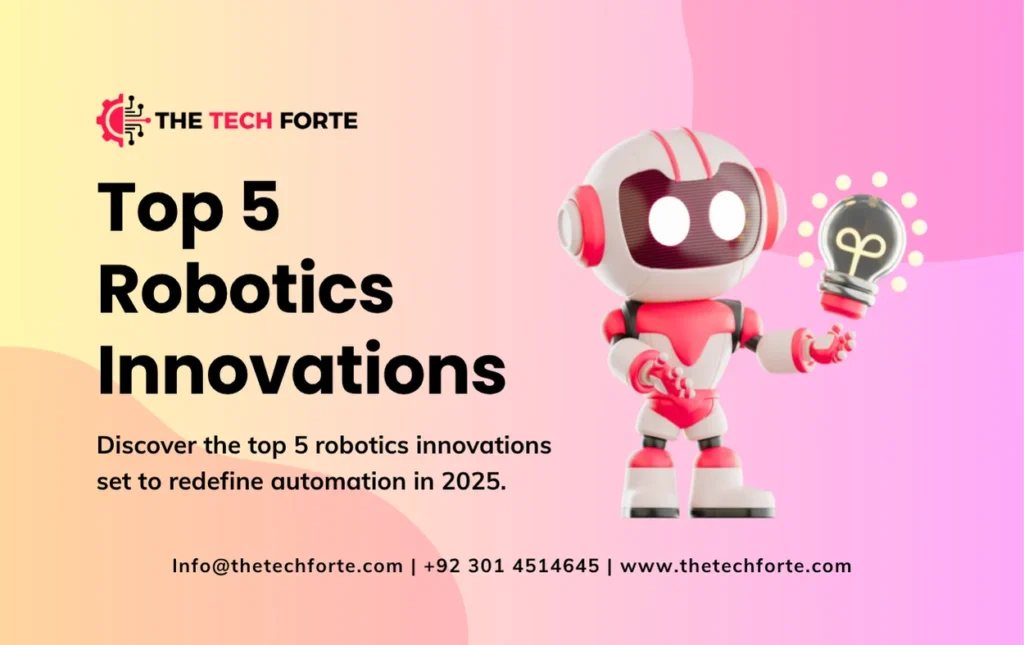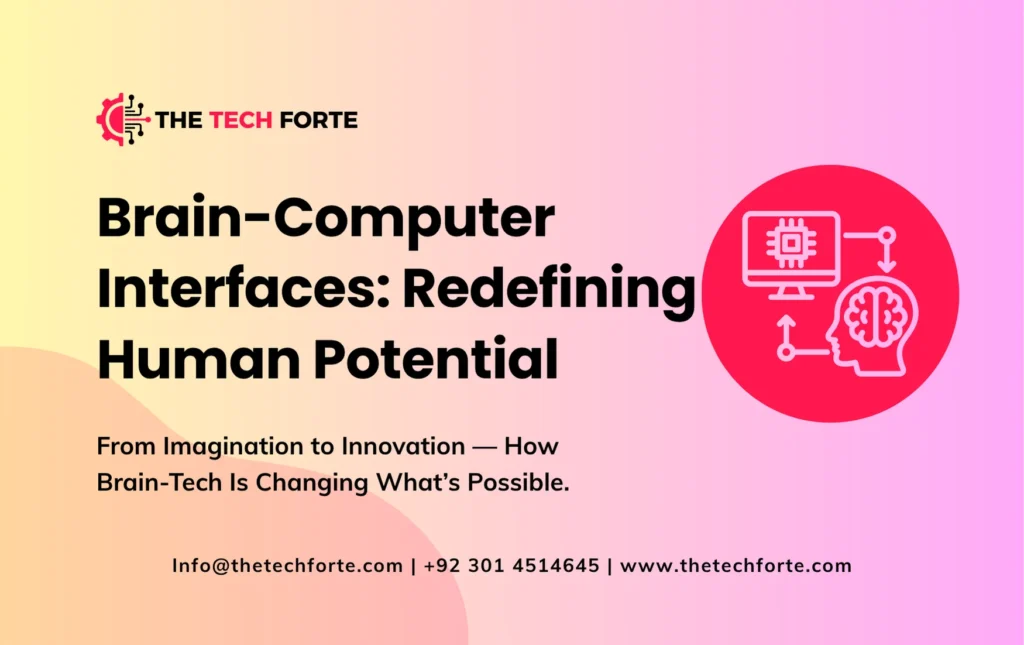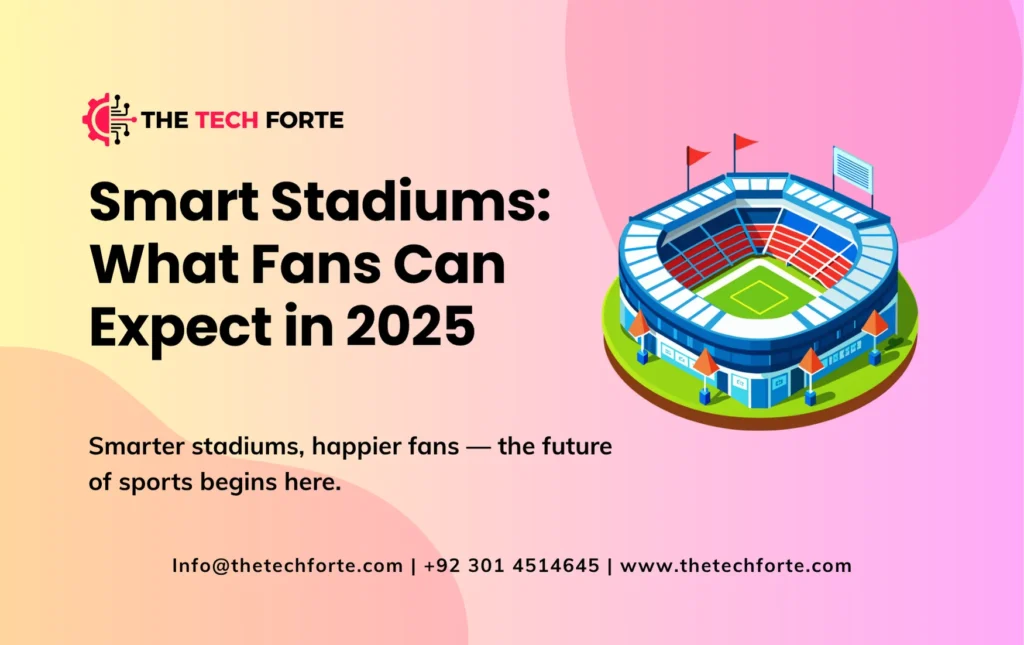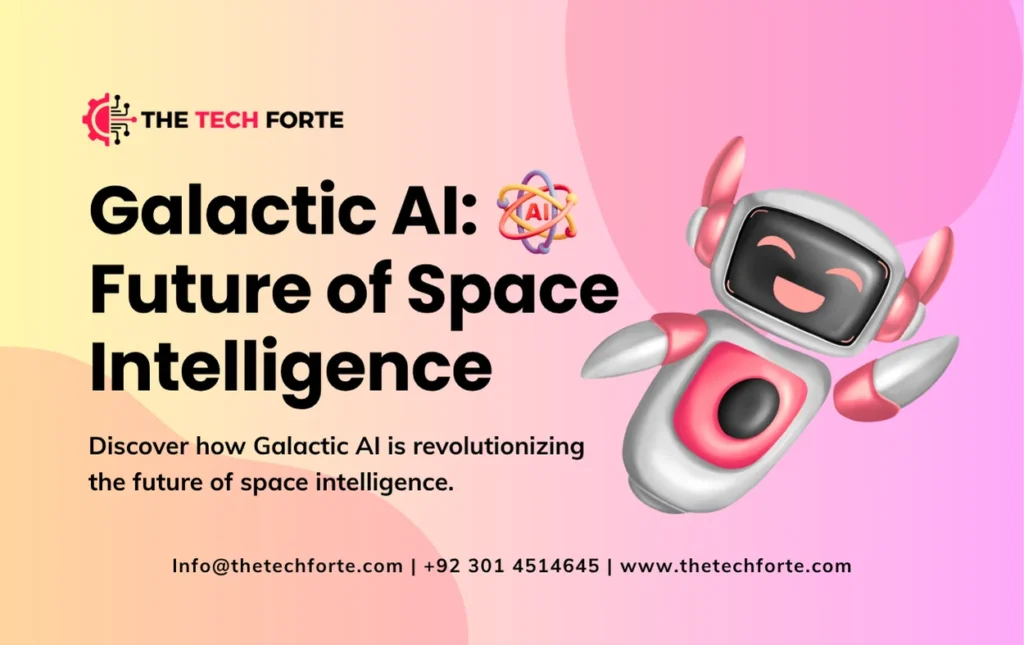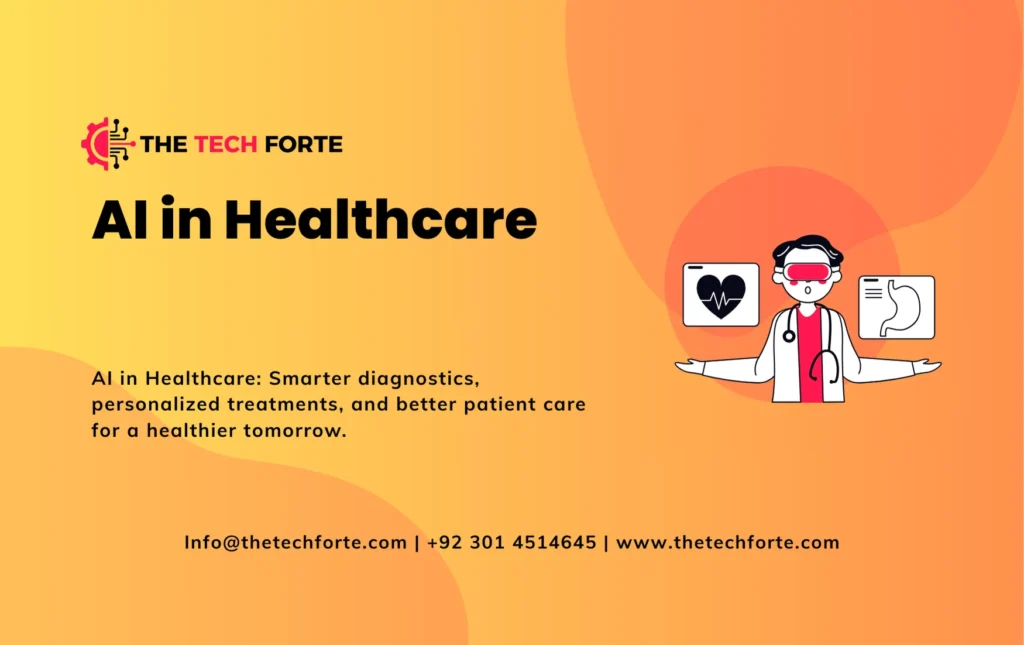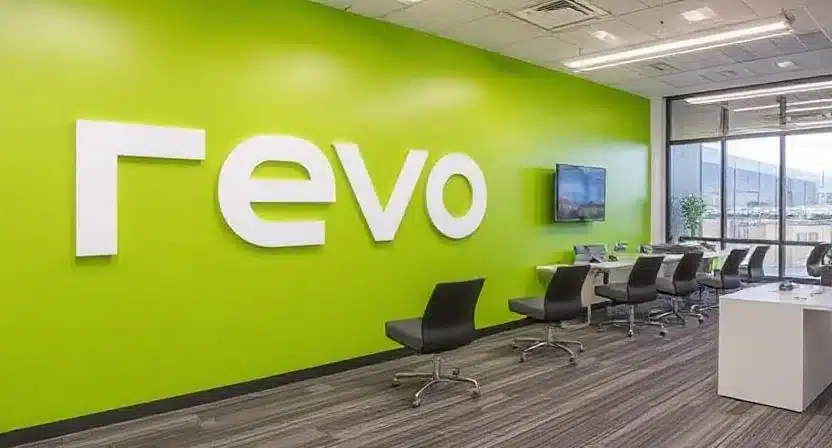UK Universities Brace for Impact as AI Workloads Drive Multi-GPU Infrastructure Needs
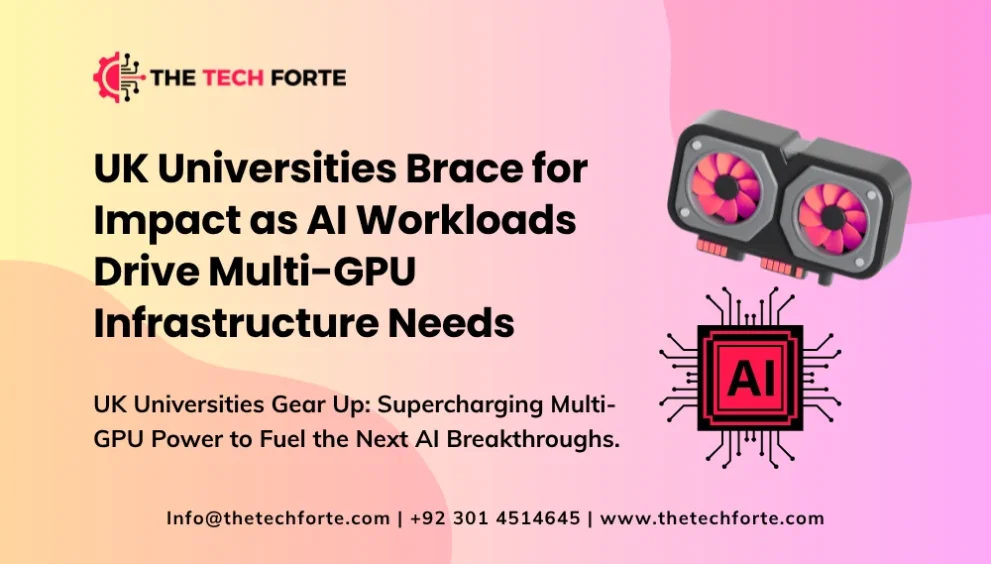
The United Kingdom stands at a technological inflection point. As universities pivot toward AI-based research and development, they are finding that their traditional computing setups built for standard HPC or data-analysis workloads are no longer enough. AI workloads demand multi-GPU infrastructure, high-bandwidth networking, and next-generation data centre capabilities. In this article, we explore how UK universities are stepping up, why their strategies matter for the nation’s AI ambitions, and what obstacles lie ahead.
The AI Imperative in UK Higher Education
A National Push for Sovereign Compute
In mid-2025, the UK government strongly reaffirmed its ambition to build out sovereign, world-class AI compute capacity. As part of its response to the AI Opportunities Action Plan, the government committed to a 20× expansion of its national AI Research Resource (AIRR) by 2030.
This isn’t just about more computers; it’s about strategically located, GPU-heavy infrastructure that universities can tap into for advanced AI research, critical public service modeling, and scalable innovation.
Universities as Strategic AI Anchors
Universities are not passively waiting for policy to deliver infrastructure. Many are taking matters into their own hands, partnering with industry, especially NVIDIA, to build AI-optimised compute and to train the next generation of AI talent. Their efforts are aligned with both national goals and their own institutional strategies.
University of Sheffield & NVIDIA: A Case Study in Academic-Industrial AI Collaboration
One of the most high-profile examples is the University of Sheffield. In September 2025, Sheffield announced a major strategic collaboration with NVIDIA to support AI research, education, and upskilling across the UK.
Research Use Cases & GPU Infrastructure
- 6G Research: Using NVIDIA Aerial technology, Sheffield is pushing the boundaries of next-generation communications, exploiting accelerated computing to simulate and optimize future 6G networks.
- Autonomous Wildfire Detection: In a striking cross-disciplinary project, the university’s researchers are using NVIDIA Jetson robotics platforms to enable UAV (drone) swarms that can detect and localize wildfires in real time.
- Digital Manufacturing & Robotics: Under its digital manufacturing chair, Sheffield uses NVIDIA GPUs and simulation tools (e.g., Isaac Sim) to optimize production processes, combine ML with robotics and sensor data, and drive industrial innovation.
- Railway Defect Modeling: In collaboration with Network Rail, the university is using NVIDIA-accelerated simulation frameworks (FLAME GPU) to create digital twins of railway components, model stress, and predict failures faster and more accurately than has historically been possible.
Upskilling & Education
To ensure the UK has enough AI talent, Sheffield’s Centre for Machine Intelligence (CMI) backed by a £3.64 million institutional commitment, is central to their strategy.
- They run “AI Best Practices” sessions, sponsored by NVIDIA, helping researchers and students learn efficient GPU use, model training, and code optimization.
- NVIDIA-granted academic grants give researchers access to HPC resources.
- For startups and spinouts, Sheffield taps into NVIDIA’s Inception program. Some of the university’s spinouts, such as Opteran, Cybpass, and Twinality, are already leveraging NVIDIA platforms.
- Student knowledge exchange is also a priority: lectures, course modules, projects, and guest sessions are planned to give students hands-on exposure to accelerated computing.
The Broader University Landscape: Infrastructure Demand is Surging
Beyond Sheffield, many UK universities now face a sudden and steep rise in demand for GPU capacity, and traditional HPC centers (mainly CPU-based) are struggling to keep up.
AI Factories & Modern Data Centres
According to UKAI, “AI Factories” are emerging as the next frontier of digital infrastructure.
- Legacy data centres, built for CPU-based workloads, cannot support high-density GPU racks. Some GPU racks can draw up to 600 kW, far above what older facilities were designed to handle.
- Cooling is a critical challenge: AI-grade infrastructure increasingly requires liquid cooling or immersion systems to manage the heat generated by tightly packed GPUs.
- Floor loading is also a concern: dense GPU racks weigh more than traditional servers, often requiring structural retrofitting of existing buildings or entirely new facilities.
These physical constraints mean universities need to rethink data-centre architecture, prioritizing AI-optimized design, power, cooling, and network interconnect.
Partnerships & Ecosystem Players
Several partnerships are emerging to meet this demand:
- NVIDIA & Nscale: According to NVIDIA, they plan to deploy up to 60,000 Blackwell GPUs in the UK.
- Nscale Cloud Provider Commitments: Nscale has pledged to roll out 10,000 NVIDIA Blackwell GPUs by the end of 2026.
- Nebius: Another cloud provider, Nebius, announced the deployment of 4,000 Blackwell GPUs for research, public services (like the NHS), and academic use.
- CoreWeave: A major GPU-cloud company with European presence is also expanding.
- Quantum-HPC Hybrids: Academic partnerships are not just GPU-based; some are building hybrid quantum-GPU computing clusters (e.g., Imperial College, Oxford), integrating quantum processors with classical accelerated compute.
Policy & Government Alignment: Infrastructure, Skills & Sovereignty
AI Opportunities Action Plan
The UK Government’s AI Opportunities Action Plan underpins much of this infrastructure surge.
- The government has committed to at least a 20x expansion of sovereign compute capacity by 2030.
- A new supercomputing facility is underway, publicly owned, specifically designed for AI workloads intended to double national capacity and provide compute access to universities, SMEs, and public-sector researchers.
- Government-backed compute access is not only technical but also coupled with skills: the plan includes up-skilling programs and more researcher access to national compute resources.
NVIDIA’s National Role
NVIDIA is playing a central role in the UK’s AI industrial strategy. Their £2 billion investment into the UK AI ecosystem (announced in Sept 2025) is designed to fuel startups, deepen research, and drive compute infrastructure.
In collaboration with academic and policy institutions, NVIDIA aims to place AI “factories” across the UK, scaling up tens of thousands of Blackwell GPUs, a potentially transformational step for UK research capacity.
NVIDIA also supports workforce development: a U.K.-based AI Technology Center (via its Deep Learning Institute) will train developers from universities, public institutions, and industry.
Why Multi-GPU Matters: Research, Economic & Innovation Impacts
Enabling Cutting-Edge Academic Research
AI workloads often involve training large language models (LLMs), generative AI, or complex simulations. These tasks demand massive parallelism, something only GPU-heavy clusters can deliver.
- For example, Sheffield’s research in telecommunications, robotics, and digital manufacturing would not scale without accelerated computing.
- Models developed in academia often transition to commercial or industrial use; cutting-edge GPU infrastructure in universities allows these models to be developed, tested, and optimized domestically.
Economic Growth & Innovation
Investing in AI-ready infrastructure creates a virtuous cycle:
- Universities train students who become entrepreneurial talent or researchers.
- Startups spin out to commercialize AI. (Sheffield’s spinouts like Cybpass or Twinality are already in NVIDIA’s ecosystem.)
- Industrial partnerships (rail, robotics, manufacturing) benefit from localized research and simulation capacity.
- AI infrastructure investment helps retain talent and compute sovereignty, reducing reliance on foreign cloud providers.
Sovereignty and Strategic Resilience
AI is increasingly tied to economic and national security. By building domestic GPU infrastructure, the UK reduces dependency on offshore compute, improves data control, and supports regulated workloads (public sector, healthcare, defense) within sovereign compute zones. This aligns closely with the UK’s strategic ambitions in its national AI roadmap.
Challenges on the Horizon
Power, Cooling & Physical Infrastructure
- Power Density: GPU racks draw far more power than CPU-based servers. AI factories need ultra-dense power delivery and sophisticated cooling.
- Cooling: Many of the new multi-GPU deployments will require liquid cooling or immersion, which universities and legacy data centres may not be equipped for.
- Structural Capacity: Existing buildings may lack the capability to support heavy GPU rack loads, meaning new construction or major retrofits, a big cost and planning hurdle.
Funding & Long-Term Sustainability
- While partnerships (NVIDIA, Nscale, CoreWeave) help, not all universities will secure funding for multi-GPU clusters.
- Operating costs (electricity, maintenance) may be prohibitively high. GPUs require high uptime, and universities will need to plan for power costs, support contracts, and staffing.
- Socioeconomic risk: Skills development needs to keep pace. Without structured workforce programs, computing left idle or underutilized is a wasted investment.
Governance, Security & Access
- Access models must be equitable across universities; shared GPU infrastructure could exacerbate inequalities if not carefully managed.
- Data governance: AI researchers often work with sensitive data; local infrastructure must provide secure and compliant compute environments.
- Cybersecurity: Multi-tenant, multi-GPU facilities present new attack surfaces; identity and access management (IAM) must evolve accordingly.
Emerging & Future Trends: What to Watch
Campus-Scale GPU Sharing: Autonomy Meets Efficiency
Research emerging from UK academia suggests novel sharing models for GPU infrastructure: “GPUnion” is a system designed to allow autonomous, voluntary GPU sharing across labs on campus.
- It uses container-based task dispatching, provider-first architecture, and migration to improve utilization.
- Such platforms can democratize access to GPU compute within universities, making it easier for smaller labs to run inference, training, or simulation workloads without owning large clusters.
Next-Gen Supercomputers Optimised for AI
- Isambard-AI, a supercomputer in Bristol, is designed specifically for AI workloads.
- It houses 5,448 NVIDIA Grace-Hopper GPUs, delivering exascale-level performance with remarkably efficient power consumption (under 5 MW for certain modes).
- It’s architected for interactive AI development (Jupyter, MLOps), not just batch scheduling, signaling a shift in how universities think about supercomputing.
- Innovations in identity and security for AI/HPC infrastructure are also emerging: federated IAM and zero-trust frameworks have been co-designed for Isambard-AI, ensuring trust and compliance across academic users.
Quantum + GPU Hybrids
New university partnerships aim to blend quantum processors (QPUs) with GPU farms, enabling future AI workloads to exploit both quantum and classical compute.
- This could unlock quantum-enhanced AI, error correction, and novel architectures, positioning UK research centres not just as GPU hubs, but as quantum+AI frontier labs.
Skills & Training Ecosystem Expansion
- NVIDIA’s UK AI Technology Center aims to train thousands of developers in AI, data science, and accelerated computing.
- Universities are embedding GPU-based AI education deeply into curricula: students are participating in real research, simulation, and start-ups. Sheffield’s CMI is a key example.
- This training pipeline is crucial: without talent, computing power will go unused; with it, the UK can build globally competitive AI companies.
Strategic Implications: Who Gains, Who Risks
Winners in the New Academic-AI Ecosystem
- Research-intensive universities (Sheffield, Cambridge, Oxford, Bristol) that secure GPU infrastructure will become innovation hubs.
- AI startups spun out of universities will benefit from local high-performance compute access, lowering their barriers to scale.
- Talent pipelines: students and researchers will gain hands-on experience with real-world AI infrastructure, preparing them for industry or academia.
- Public services and R&D: government, universities, and public bodies can leverage domestic compute for socially valuable AI (healthcare, climate, transport).
Risk Areas & Potential Losers
- Under-resourced universities that cannot access multi-GPU systems may fall behind.
- Energy and infrastructure constraints: if GPU factories proliferate without grid planning, costs and carbon emissions may escalate.
- Security risk: mismanaged access to shared GPU infrastructure raises IP and data privacy concerns.
- Operational sustainability: high OPEX for GPU clusters, if not offset by usage or funding, may burden universities long-term.
Strategic Recommendations for Universities & Policymakers
Given the complexity and stakes, a few strategic moves are crucial:
- Develop National-Scale Academic GPU Partnerships
Universities should form consortia, pooling resources to co-invest in AI-optimised GPU clusters and share access with smaller institutions. - Align with the Government Compute Roadmap
Institutions should closely coordinate with national compute initiatives (AI Opportunities Action Plan) to secure funding, infrastructure, and policy support. - Build Work-study and Upskilling Programs
Expand training (via NVIDIA, Deep Learning Institutes, etc.) so that students, faculty, and staff are prepared to develop and deploy AI models on GPU systems. - Invest in Efficient Cooling & Power Infrastructure
Design new compute centres with sustainable architecture: liquid cooling, immersion, renewable energy sourcing, and structural capacity for dense GPU racks. - Govern Access with Security & Fairness
Establish federated IAM systems (e.g., zero-trust) and fair scheduling policies for compute allocation, ensuring equitable access across departments, labs, and research groups. - Monitor, Report & Optimize Utilization
Track GPU usage, energy consumption, job success rates, and adjust capacity or share models (e.g., using platforms like GPUnion) to maximize utilization and minimize waste.
Conclusion: A New Academic-Compute Ecosystem Is Emerging
UK universities are no longer passive consumers of AI compute; they are becoming active builders, demand aggregators, and innovation hubs. Through deep partnerships with industry (especially NVIDIA), public funding aligned with national strategy, and investments in upskilling, they are preparing for a future where multi-GPU infrastructure is central to both academic research and industrial AI.
But the transformation is not automatic. To realize this vision, universities must navigate power, infrastructure, financial, and governance challenges and do so in cooperation with government and private partners.
If they succeed, the UK could cement its leadership in not just AI research, but in sovereign, scalable compute infrastructure, giving it a strategic advantage, economic resilience, and a powerful platform for innovation.


